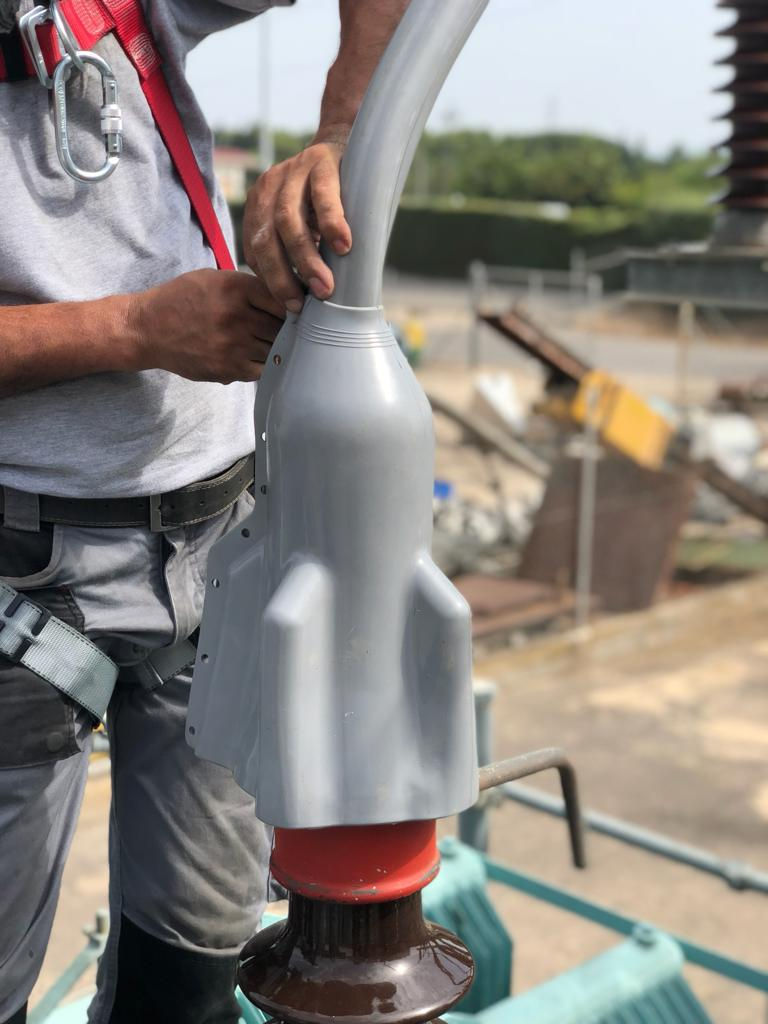Difference Between Plastic & Silicone Protective Covers?
- leumasloyloy
- Aug 4, 2022
- 3 min read
Updated: Jul 19, 2024
If you are in the middle of the market looking for a perfect wildlife protective covers, you might be wondering the type of covers that will provide the best protection for your power infrastructure might as well as for our wildlife. Having complex choices of covers available in the market, it would be best to determine the differences when it comes to the advantages and disadvantages of each type of covers.

What is a wildlife protective cover, exactly?
Unknowingly, wildlife has been one of the major threats to power infrastructure. About 25% of all the power outages occurred are due to wildlife in contact to HV lines and electrical equipment. Thus, solutions were made to protect both wildlife and electrical network. One of which is the provision of wildlife protective cover to high-risk areas. These covers are often made from plastics and silicone that are pre-fabricated shapes for best fit depending on the application.
Most electrical companies demand silicone made covers due to its advanced features. However, before you’ve come up your decision, you may need to look first the differences between silicone and plastic covers.
Few facts about Plastics
Plastics are typically made from the combination of plants, natural gas, crude oil and main chemicals - such as propane and ethane, applied with heat to form plastic polymers.
Early plastics were bioderived materials such as egg and blood proteins, which are organic polymers.
After World War I, improvements in chemistry led to an explosion of new forms of plastics, with mass production beginning in the 1940s and 1950s.
Plastics are a wide range of synthetic or semi-synthetic materials that use polymers as a main ingredient.
Its plasticity makes it possible to be molded, extruded, or pressed into solid objects of various shapes.
Plastics domination multiplied by half of its early production through decades; leads to environmental degradation.
Plastics are the slowest to decompose making it a threat to the ecosystem.
Few facts about Silicone
Silicone is made up of a rubber-like substance, called the siloxane. Siloxane is the by-product of the heated silicon dioxide or silica with carbon at a very high temperature then reacted with fossil fuels.
Little misconception is the association of silicone with plastic; however, silicone is part of the rubber family, synthetic rubber to be specific.
Silicone is often compared with plastic with regards to its properties, however silicone has proven to be flexible, water repellent, resistant to extreme temperatures, durable, resistant to UV rays and having a higher resilience to its structure.
Technically, there will always be two sides of a coin, the pros and cons, which will be the deciding factor of the selection of material composition to be used. On the case of choosing the right material for the wildlife protective covers, silicone has been the top selection with regards to material composition and advantages over the conventional plastics. Various protective cover suppliers gave much attention on the production of silicone-made covers; in fact, a summary of technical specification comparison between plastic-made and silicone-made was made as shown in Table 1 Plastic vs Silicone Comparison Table.


Midsun IKM, based in Austria, specializes in distributing over 100 silicone protection products, e/products, that provide tracking resistance, thermal endurance, and UV protection. Silicone rubber provides superior insulation and dielectric strength, naturally resistant to ultraviolet rays, flexibility and its hydrophobicity. One of the greatest advantages of Silicone-made animal protective covers, especially the e/products, is the fact that it is easy to install both on de-energized and energized system.
REFERENCES:
Zero Waste Memoirs. Nadine (July 6, 2022). Silicone vs Plastic - Is Silicone Really Better for the Environment? https://zerowastememoirs.com/silicone-vs-plastic
The Editors of Encyclopaedia Britannica. Adam Augustyn. Silicone
https://www.britannica.com/science/silicone



Comments